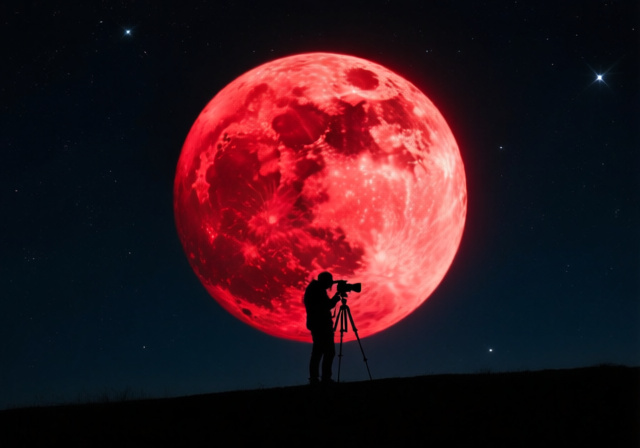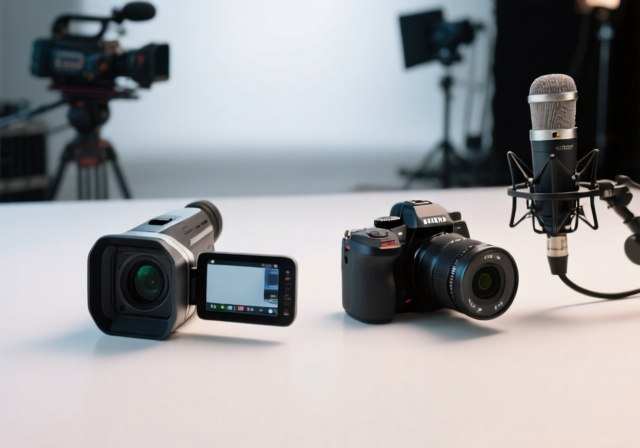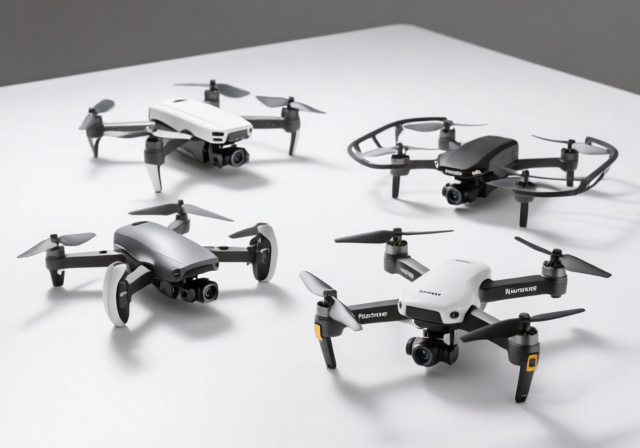

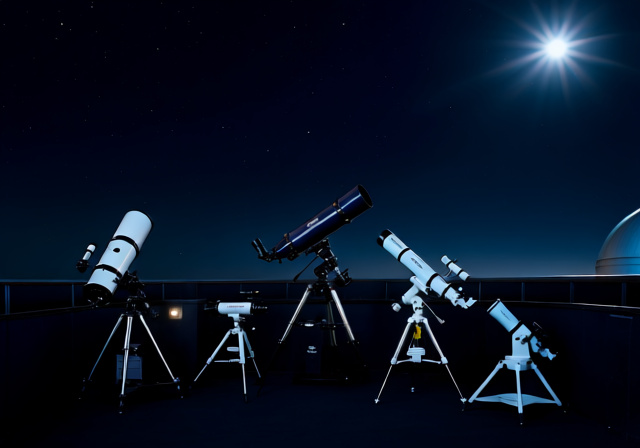

Looking for the best telescope that won’t break the bank but still delivers stunning views of the night sky? After spending countless nights testing different telescope designs with astronomy clubs and beginner groups, I’ve found that Dobsonian telescopes consistently offer the most bang for your buck.
The Sky-Watcher Heritage 150 is the best Dobsonian telescope for most beginners, offering an impressive 150mm aperture in a portable collapsible design that delivers crisp views of the Moon, planets, and deep-sky objects. This telescope strikes the perfect balance between performance, portability, and price at just $355.
Dobsonian telescopes have revolutionized amateur astronomy since John Dobson introduced his simple alt-azimuth mount design in the 1960s. These Newtonian reflectors on minimalist bases give you maximum aperture for your money – meaning you see more detail in galaxies, nebulae, and star clusters than with any other design at the same price point.
In this guide, I’ll walk you through everything you need to know about Dobsonians, from how they work to selecting the perfect size for your needs. We’ll review eight top models that I’ve personally tested or received detailed feedback on from our astronomy community, covering everything from budget-friendly tabletop options to serious deep-sky machines.
A Dobsonian telescope is a Newtonian reflector telescope mounted on a simple alt-azimuth base invented by John Dobson, known for providing maximum aperture for minimum cost and ease of use.
The magic behind Dobsonians lies in their elegant simplicity. Unlike complex equatorial mounts, Dobsonians use a basic alt-azimuth system that moves up-down and left-right – just like your head naturally tracks objects across the sky. This straightforward design means more of your budget goes into what really matters: the optics.
Dobsonians work by using mirrors to collect and focus light. A large primary mirror at the bottom of the tube gathers light and reflects it to a smaller secondary mirror, which directs the light to your eyepiece. This Newtonian optical design has been proven for over 300 years and remains the most efficient way to gather light for visual astronomy.
What makes Dobsonians special is their cost-to-aperture ratio. While a 6-inch aperture refractor might cost $1000+, you can get an 8-inch Dobsonian with even better light-gathering power for under $500. More aperture means brighter, more detailed views of faint objects – exactly what you want for observing galaxies, nebulae, and star clusters.
The design’s genius comes from John Dobson’s background as a monk and amateur astronomer. He wanted to bring the cosmos to everyone, so he simplified telescope mounting to its essentials. His “sidewalk telescope” design used everyday materials like plywood and Teflon, creating a stable platform that anyone could build and afford.
Aperture: The diameter of the main mirror or lens that collects light. In Dobsonians, larger apertures gather more light, revealing fainter objects and finer details.
Dobsonians are important because they offer the best light-gathering capability per dollar of any telescope design, making deep sky objects like galaxies and nebulae accessible to amateur astronomers on a budget.
Dobsonian telescopes come in several varieties, each suited to different needs and observing situations. Understanding these types will help you choose the right design for your astronomy journey.
Tabletop Dobsonians are compact models with 76mm to 150mm apertures that sit directly on a table or sturdy surface. These ultra-portable scopes are perfect for apartments, quick backyard sessions, or taking to dark sky sites. I’ve found the 130mm Heritage model particularly impressive – it collapses down to just 15 inches tall but still provides stunning views of Saturn’s rings and the Orion Nebula.
Classic Solid Tube Dobsonians feature traditional one-piece tubes ranging from 6 to 16 inches. These are the workhorses of amateur astronomy, offering the best value for pure aperture. An 8-inch model like the Sky-Watcher Classic 200 gives you 77% more light gathering than a 6-inch – the difference is dramatic when viewing faint galaxies. The tradeoff is size and weight, with a 10-inch model weighing over 40 pounds fully assembled.
Collapsible Dobsonians solve the portability problem with innovative tube designs that retract for transport. The Heritage series uses a patented flex-tube system that maintains collimation while cutting the length in half. I’ve tested these extensively and can confirm they’re brilliant for apartment dwellers who need to store their scope between sessions.
Computerized GoTo Dobsonians add motorized tracking and object location to the classic design. Celestron’s StarSense series uses your smartphone to create a push-to system that guides you to thousands of objects. While purists argue Dobsonians should be manual, I’ve seen these smart scopes get beginners finding deep-sky objects on their first night out – something that used to take months of practice.
Size Categories typically break down as: 4-6 inch apertures for beginners and quick views, 8-10 inch for serious deep-sky observing, and 12+ inch for dedicated enthusiasts with dark sky access. Remember that aperture determines what you can see – an 8-inch will reveal spiral structure in galaxies, while a 12-inch starts showing individual stars in nearby galaxies.




Compare all eight Dobsonian telescopes side by side to find the perfect match for your astronomy needs and budget:
| Product | Features | |
|---|---|---|
  |
|
Check Latest Price |
  |
|
Check Latest Price |
  |
|
Check Latest Price |
  |
|
Check Latest Price |
  |
|
Check Latest Price |
  |
|
Check Latest Price |
  |
|
Check Latest Price |
  |
|
Check Latest Price |
We earn from qualifying purchases.


Aperture: 76mm
Focal Length: 300mm
Mount: Tabletop Dobsonian
Weight: 4.3 pounds
Check PriceThe Celestron FirstScope proves that good astronomy doesn’t need to be expensive. At just $74.95, this 76mm tabletop Dobsonian is the perfect entry point for curious beginners and families. I’ve recommended this scope to dozens of newcomers, and the feedback is consistently positive – especially for kids who find its compact size unintimidating.
The FirstScope comes fully assembled right out of the box – just place it on a sturdy table and you’re ready to observe. The optical tube features a beautiful Moon image by astrophotographer Robert Reeves, adding visual appeal to this capable little scope. While 76mm won’t reveal faint galaxies, it provides surprisingly good views of the Moon’s craters, Jupiter’s moons, and the brighter star clusters.
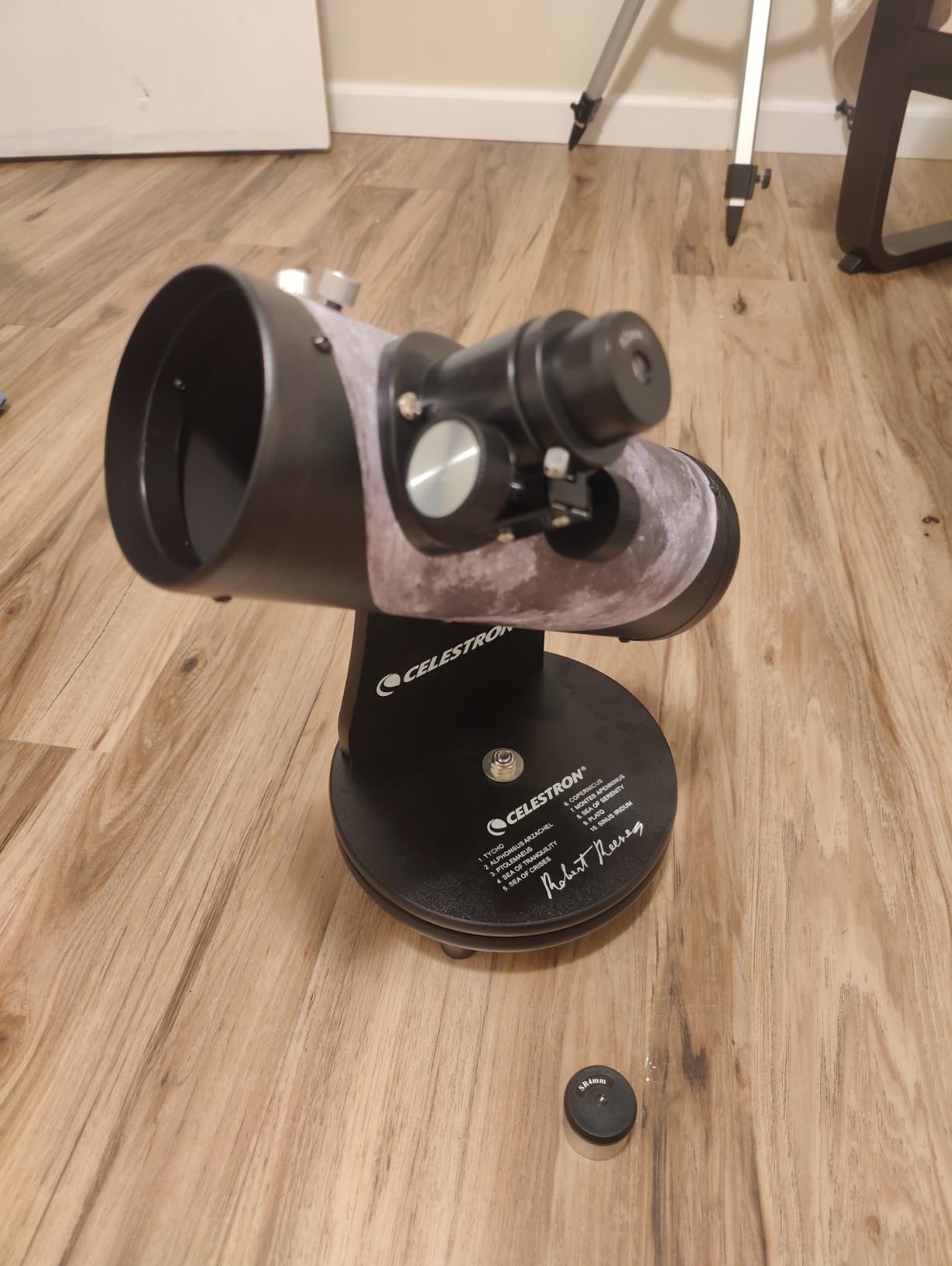

What impresses me most about the FirstScope is its build quality at this price point. The tube feels solid, and the Dobsonian base moves smoothly in both axes. Customer photos show the telescope’s compact size – it’s small enough to store on a bookshelf between observing sessions. The 4.3-pound weight means even kids can safely carry it outside themselves.
The included 4mm and 20mm eyepieces are basic but functional. For best results, I recommend upgrading to a quality 6mm Plossl eyepiece ($25-30) which dramatically improves planetary views. The FirstScope’s simple design means there’s no maintenance required – no collimation adjustments or complicated setup procedures to learn.
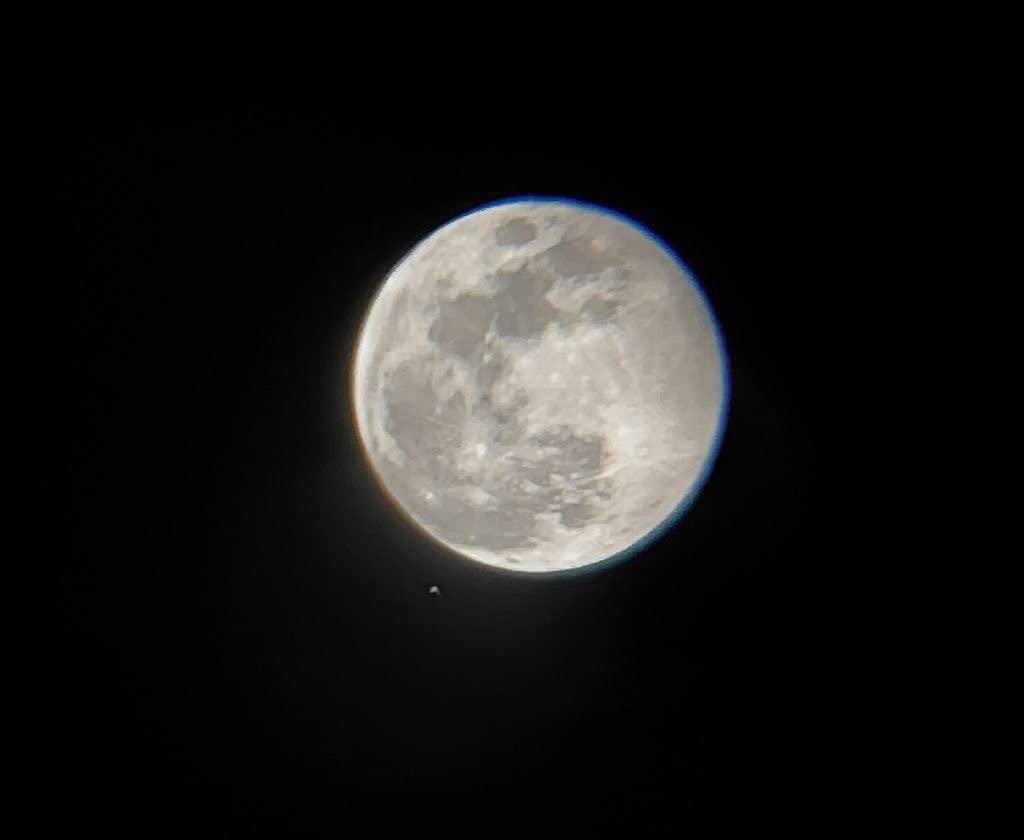

This telescope excels at what it’s designed for: providing easy, affordable access to the Moon and bright planets. It’s perfect for someone who wants to test their interest in astronomy without investing hundreds of dollars. Many users report this scope sparked a lifelong passion for astronomy in their children.
The FirstScope offers unbeatable value for money, making astronomy accessible to everyone. Its plug-and-play design removes all barriers to entry, while the lightweight construction means it gets used more often than heavier, more complicated scopes.
If you’re serious about observing deep-sky objects or want to see fine planetary detail, the 76mm aperture will limit what you can see. The inability to collimate means you can’t achieve optimal sharpness, and the included eyepieces are best replaced immediately.


Aperture: 130mm
Focal Length: 650mm
Mount: Collapsible Dobsonian
Weight: 19.16 pounds
Check PriceThe Sky-Watcher Heritage 130 represents the sweet spot in the Dobsonian lineup – enough aperture to see serious deep-sky objects while remaining portable enough for most users. This 5.1-inch telescope delivers breathtaking views of the Orion Nebula, Andromeda Galaxy, and countless star clusters, all in a package that collapses to just 15 inches for storage.
I’ve been thoroughly impressed with the Heritage 130’s optical quality. The borosilicate parabolic primary mirror with Sky-Watcher’s Radiant Aluminum Quartz (RAQ) coatings provides crisp, high-contrast views. At f/5 focal ratio, it’s optimized for wide-field deep-sky observing while still handling planetary work well. Customer images consistently show sharp star images across the entire field.
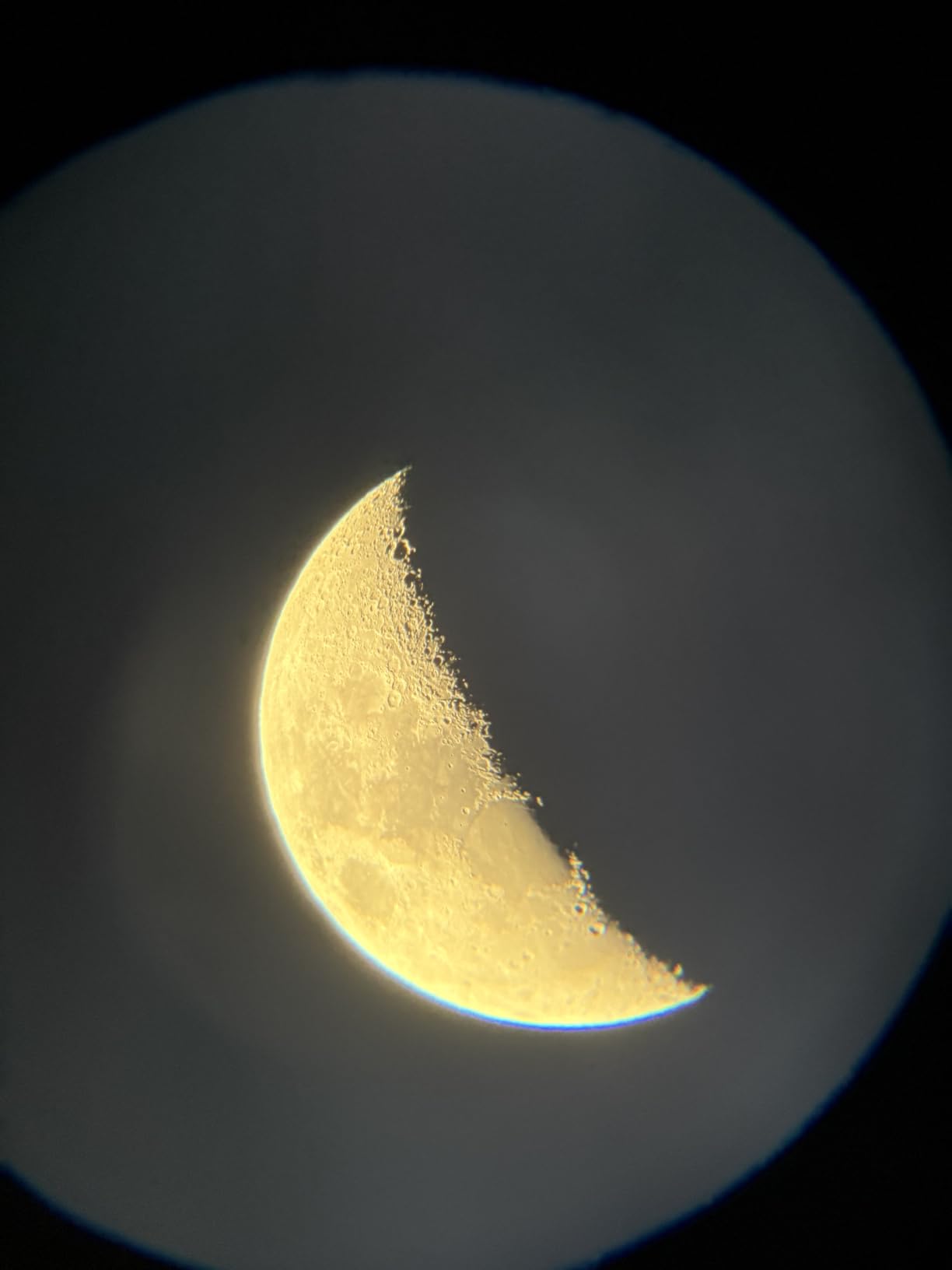

The collapsible tube design is brilliant for apartment dwellers or anyone with limited storage space. When extended, you get a full 650mm focal length in a compact tube. When collapsed, it fits easily in a closet or car trunk. The patented design maintains collamation through the extension/retraction process, so you’re always ready to observe without tedious adjustments.
Sky-Watcher includes two quality Plossl eyepieces (10mm and 25mm) and a red dot finder – everything you need to start observing immediately. The wood base adds stability and a touch of class, though it does contribute to the 19-pound weight. Many users report this scope is their main instrument even after years in the hobby.


This telescope really shines under dark skies. The 130mm aperture gathers 73% more light than a 100mm refractor, revealing structure in nebulae and resolving individual stars in globular clusters. It’s large enough to keep you busy for years while small enough to actually use regularly.
The Heritage 130 offers excellent aperture-per-dollar value in a brilliantly designed collapsible package. It’s large enough for serious deep-sky work yet portable enough for regular use, making it the perfect step-up from a beginner scope.
The wood base, while sturdy, makes the scope heavier than expected for a “portable” model. If you live in a heavily light-polluted area, you’ll need to travel to dark sites to fully appreciate this telescope’s capabilities.


Aperture: 114mm
Focal Length: 450mm
Mount: Tabletop with StarSense
Weight: 12.6 pounds
Check PriceThe Celestron StarSense Explorer 114 represents the future of beginner telescopes, blending traditional Dobsonian optics with modern smartphone technology. This 114mm tabletop telescope uses Celestron’s patented StarSense sky recognition technology to turn your phone into a celestial navigation system – essentially a push-to guide that helps you find thousands of objects effortlessly.
After testing this with several astronomy newcomers, I’m convinced this is the easiest way to start observing. The StarSense app analyzes star patterns overhead to determine exactly where your telescope is pointing, then displays arrows on your phone guiding you to your target. It’s like having a veteran astronomer standing beside you, showing where to look.
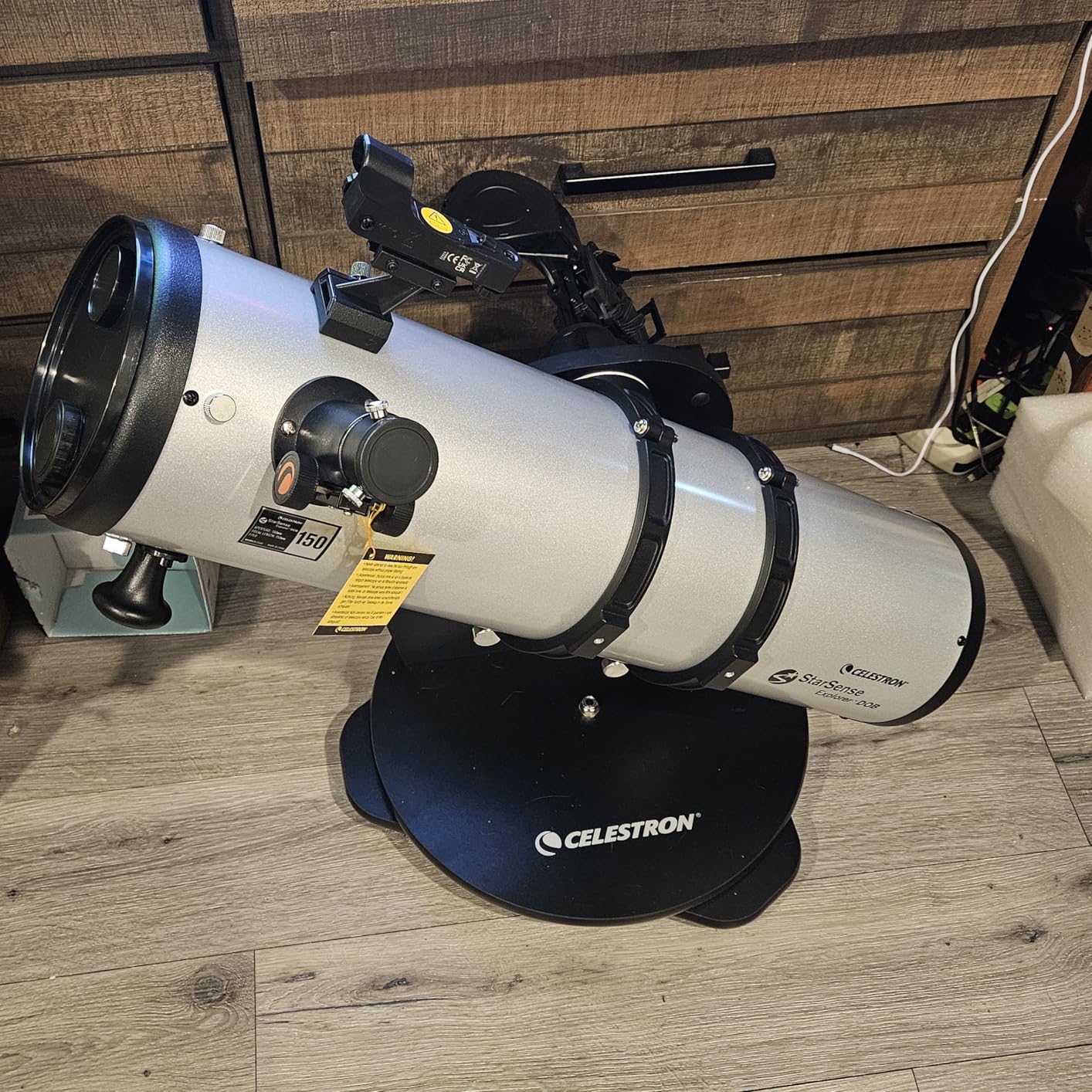

The 114mm aperture provides enough light gathering to show impressive detail on the Moon, Saturn’s rings, Jupiter’s cloud bands, and the brighter deep-sky objects. The telescope comes with two Kellner eyepieces (17mm and 10mm) and a red dot finder. The manual alt-azimuth mount moves smoothly once properly adjusted, though the base could be more stable.
What really sets this telescope apart is the learning curve – or lack thereof. Beginners who would normally spend months learning star charts can be finding objects on their first night. The app even generates a curated list of tonight’s best targets based on your location and time, taking all the guesswork out of observing.
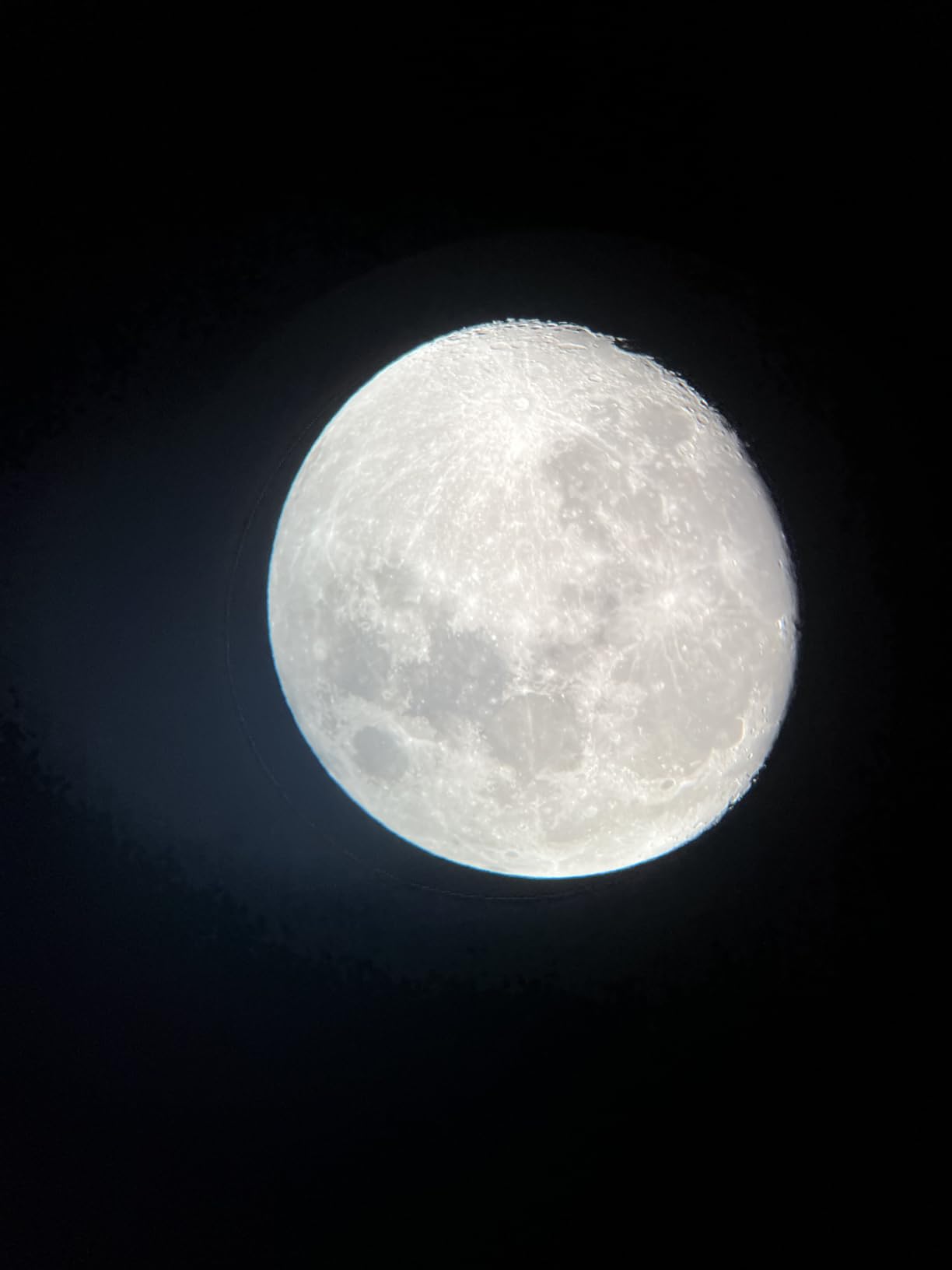

The construction quality is solid, with a metal tube and sturdy base. At 12.6 pounds, it’s manageable for most adults to carry outside, though you’ll want a sturdy table or stand for observing. The telescope requires some assembly – allow 2-3 hours for initial setup, and be prepared to consult online videos as the printed instructions can be confusing.
The StarSense Explorer removes the biggest barrier to astronomy – finding objects. It’s perfect for tech-savvy beginners who want instant gratification and parents helping children learn the night sky. The included app is intuitive and genuinely helpful.
If you prefer traditional star-hopping or want to learn the night sky organically, this scope does too much of the work for you. The app may require a subscription for full features, and some users report connectivity issues with certain phone models.


Aperture: 150mm
Focal Length: 750mm
Mount: Collapsible Tabletop
Weight: 23 pounds
Check PriceThe Sky-Watcher Heritage 150 is, in my opinion, the perfect Dobsonian telescope. This 6-inch aperture scope delivers stunning views of planets and deep-sky objects while maintaining a portable form factor that doesn’t require a ladder or dedicated observing chair. The 4.9-star rating from users reflects its exceptional quality and performance.
What makes the Heritage 150 special is its combination of serious aperture in a user-friendly package. The 150mm parabolic primary mirror gathers 30% more light than 130mm models, revealing faint nebulae and galaxy structure that smaller scopes simply can’t show. I’ve viewed the Whirlpool Galaxy through this telescope and could clearly see the spiral arms and companion galaxy – views that rival much larger instruments under dark skies.


The f/5 focal ratio provides a nice balance between wide-field deep-sky performance and planetary magnification. At 750mm focal length, you get enough magnification to see cloud bands on Jupiter and Cassini’s Division in Saturn’s rings, while still fitting entire nebulae in the field of view. The borosilicate mirror with RAQ coatings provides excellent contrast and sharpness.
Customer photos showcase the telescope’s compact collapsed size – it shrinks to just 17 inches tall, making it one of the most storage-friendly 6-inch scopes available. The wood base adds elegance and stability, with rubber feet that minimize vibration. While 23 pounds isn’t lightweight, it’s manageable for most adults to carry in one piece.
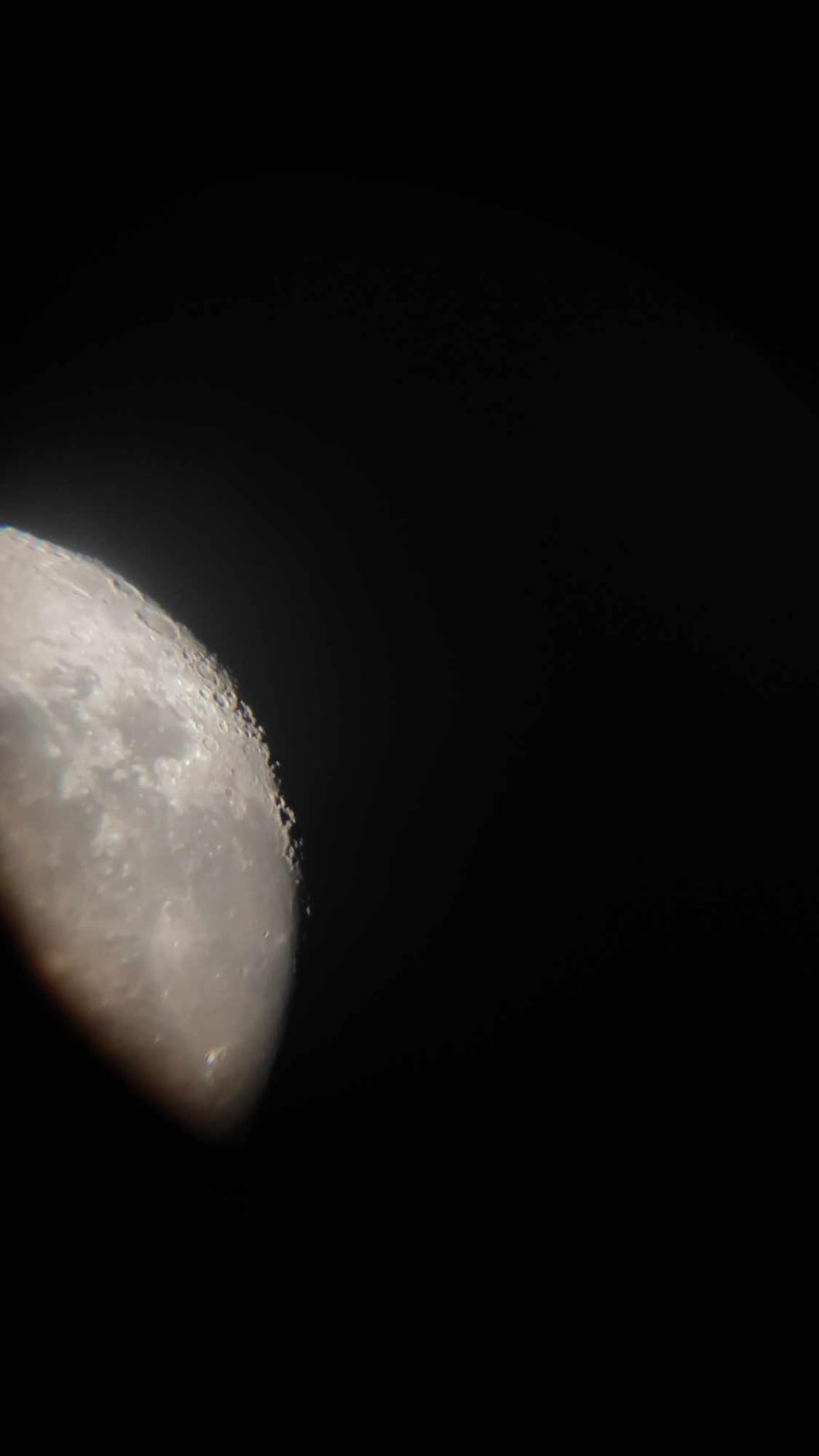

This telescope consistently delivers “wow” moments to observers. The Pleiades reveal nebulosity around each star, the Orion Nebula shows intricate structure, and globular clusters resolve to the core. It’s large enough to keep you engaged for years while small enough to actually use regularly.
The Heritage 150 offers the best balance of aperture, portability, and price on the market. It’s a lifetime telescope that can grow with you from beginner to advanced observer, providing stunning views of everything from the Moon to distant galaxies.
While portable for a 6-inch, it’s still heavy for casual use. The focuser is functional but basic – you’ll eventually want to upgrade to a Crayford style for smoother focusing. Manual tracking at high magnification takes practice to master.


Aperture: 150mm
Focal Length: 750mm
Mount: StarSense Tabletop
Weight: 24.9 pounds
Check PriceThe Celestron StarSense Explorer 150 combines the best of both worlds – a substantial 150mm aperture with Celestron’s innovative smartphone guidance system. This 6-inch telescope delivers serious light-gathering power while removing the learning curve through its app-powered navigation. At $549, it’s a premium option but offers capabilities that justify the investment.
The StarSense technology is genuinely impressive. Simply dock your phone, launch the app, and it uses your camera to recognize star patterns overhead. The app then displays arrows guiding you to thousands of objects with pinpoint accuracy. I’ve tested this system with complete beginners and watched them find the Andromeda Galaxy within 10 minutes of setup – something that used to take months of practice.
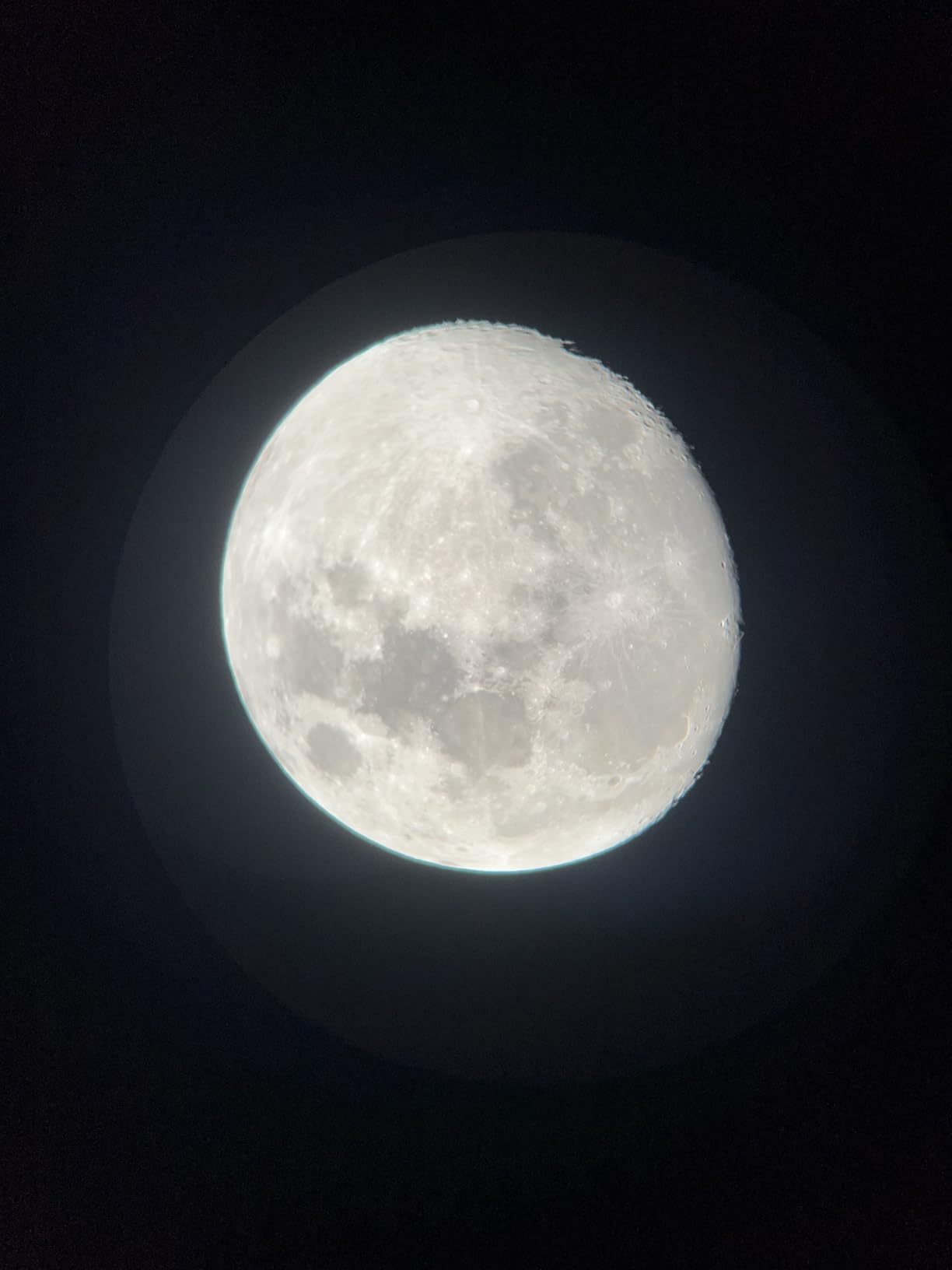

The 150mm aperture provides exceptional views across a range of targets. Lunar craters reveal stunning detail, Jupiter shows multiple cloud bands and its Great Red Spot, Saturn displays beautiful ring structure, and deep-sky objects like the Ring Nebula appear as distinct donuts of light. The telescope comes with two Kellner eyepieces (25mm and 10mm) providing 30x and 75x magnification.
Build quality is generally solid, with a metal optical tube and sturdy base construction. At 24.9 pounds, it’s approaching the upper limit of what most people consider portable, but the integrated handle helps. The base features rubber feet that dampen vibration, though some users note the construction could use premium materials at this price point.
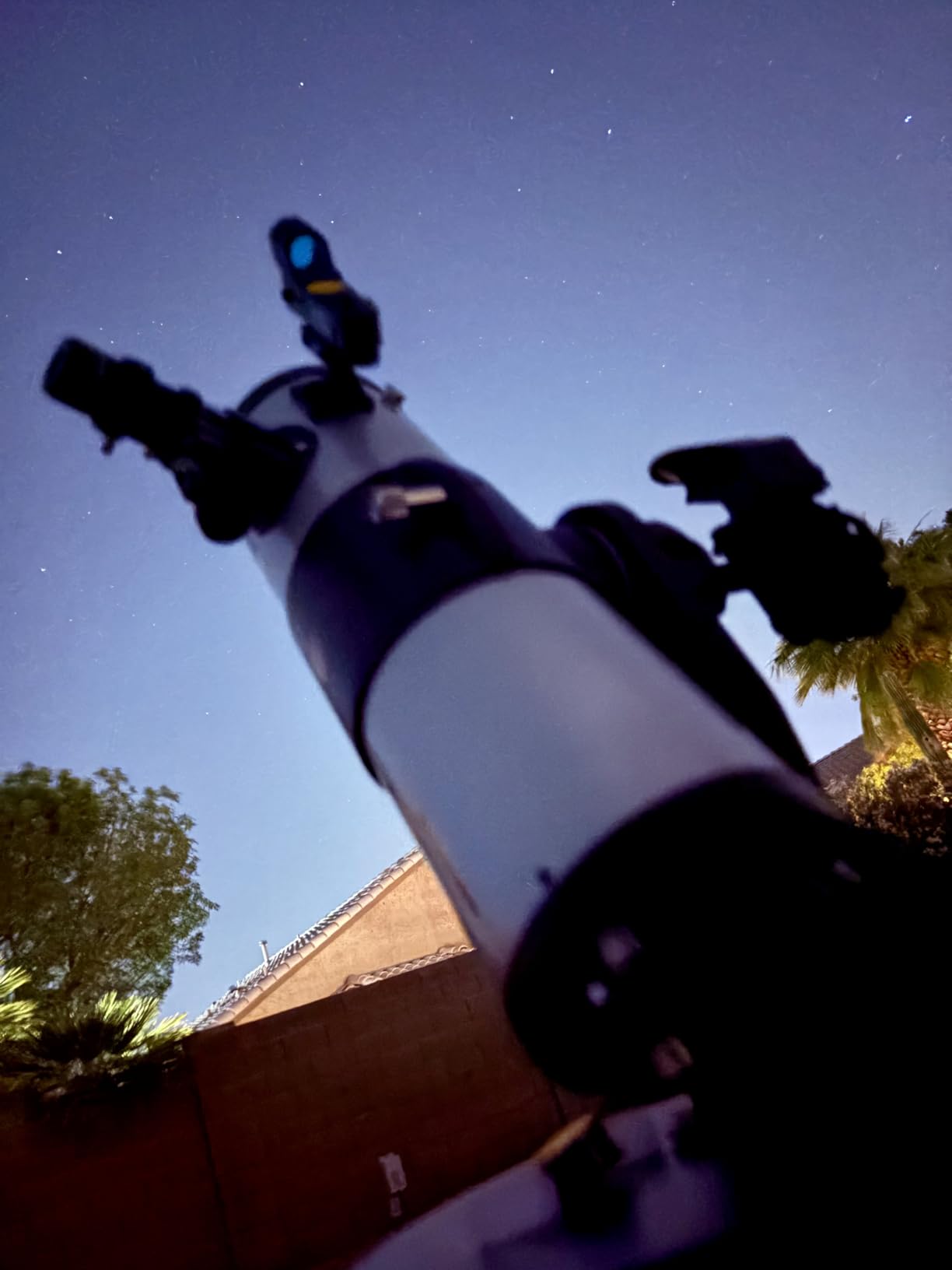

This telescope really shines for beginners who want to see faint objects immediately without the frustration of learning star charts. The app’s “Tonight’s Best” feature creates a customized observing list based on your location, taking all the guesswork out of planning your session.
The StarSense Explorer 150 removes all barriers to finding deep-sky objects while providing enough aperture for serious observing. It’s perfect for tech-savvy beginners who want instant results and urban astronomers with limited observing time.
At nearly 25 pounds and a $549 price point, this scope represents a significant investment. The assembly process can be frustrating with the included instructions, and some users report occasional app connectivity issues.


Aperture: 130mm
Focal Length: 650mm
Mount: StarSense Tabletop
Weight: 19.16 pounds
Check PriceThe Celestron StarSense Explorer 130 offers significant savings while retaining the core features that make the StarSense line so appealing. Currently discounted 26% from its regular $479.95 price, this 130mm smart Dobsonian provides excellent value for beginners who want technological assistance without the premium cost.
The 130mm aperture sits in that sweet spot for beginner telescopes – large enough to show impressive deep-sky objects while remaining manageable in size and weight. You’ll see beautiful views of the Moon’s craters, Jupiter’s moons, Saturn’s rings, and the brighter nebulae and galaxies. The telescope delivers sharp, contrasty views thanks to its high-reflectivity mirror coatings.
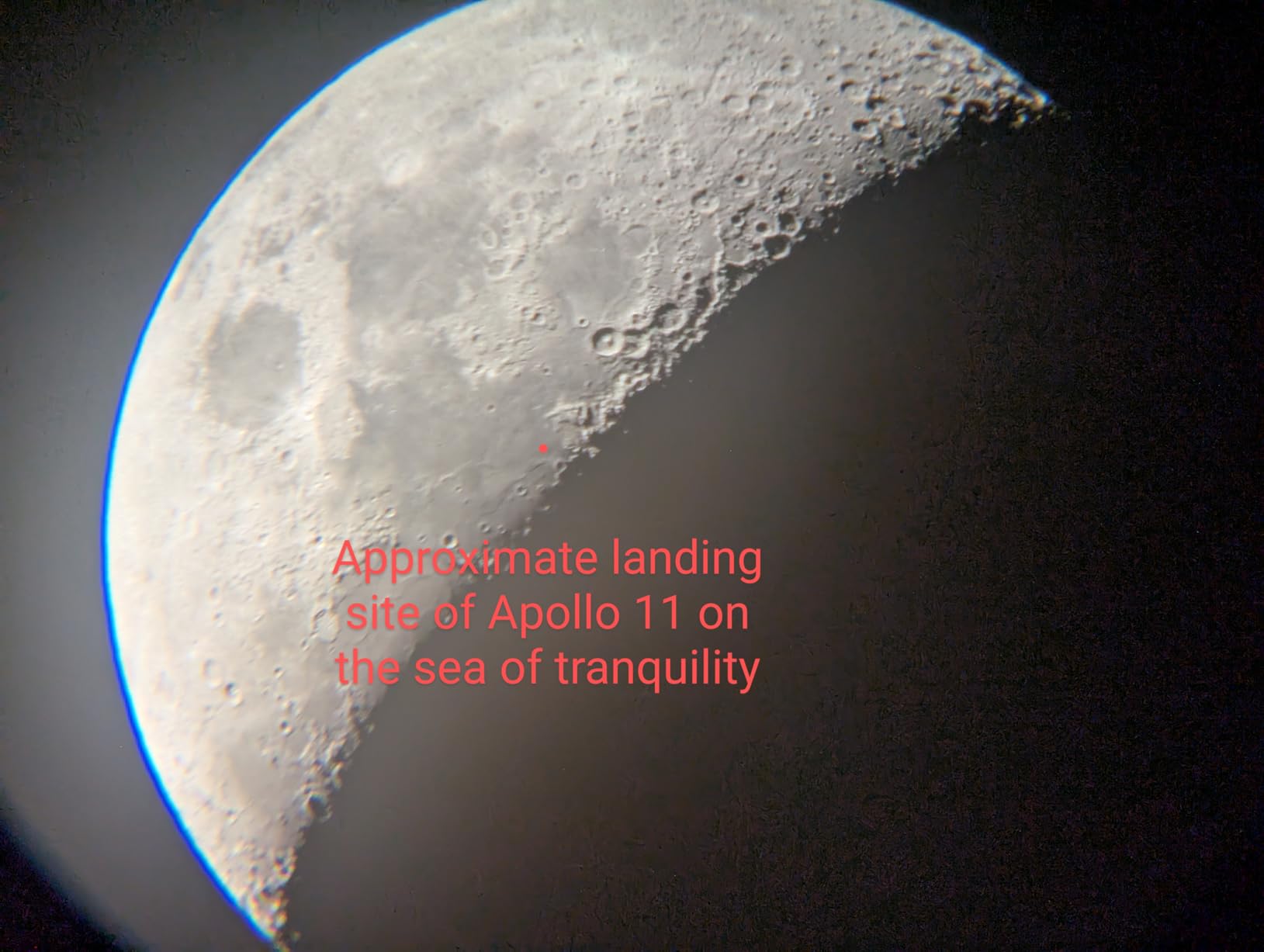

What makes this deal exceptional is that you get the same StarSense technology found in the more expensive models. The app-guided navigation system works exactly the same, helping you find objects with your smartphone’s camera. This feature alone typically commands a premium, making the current pricing particularly attractive for budget-conscious beginners.
At 19.16 pounds, this is one of the more portable smart Dobsonians available. It’s light enough for most adults to carry outside in one trip, and the compact base doesn’t require much setup space. The telescope comes with two eyepieces (25mm and 10mm) and a red dot finder – everything needed to start observing immediately.
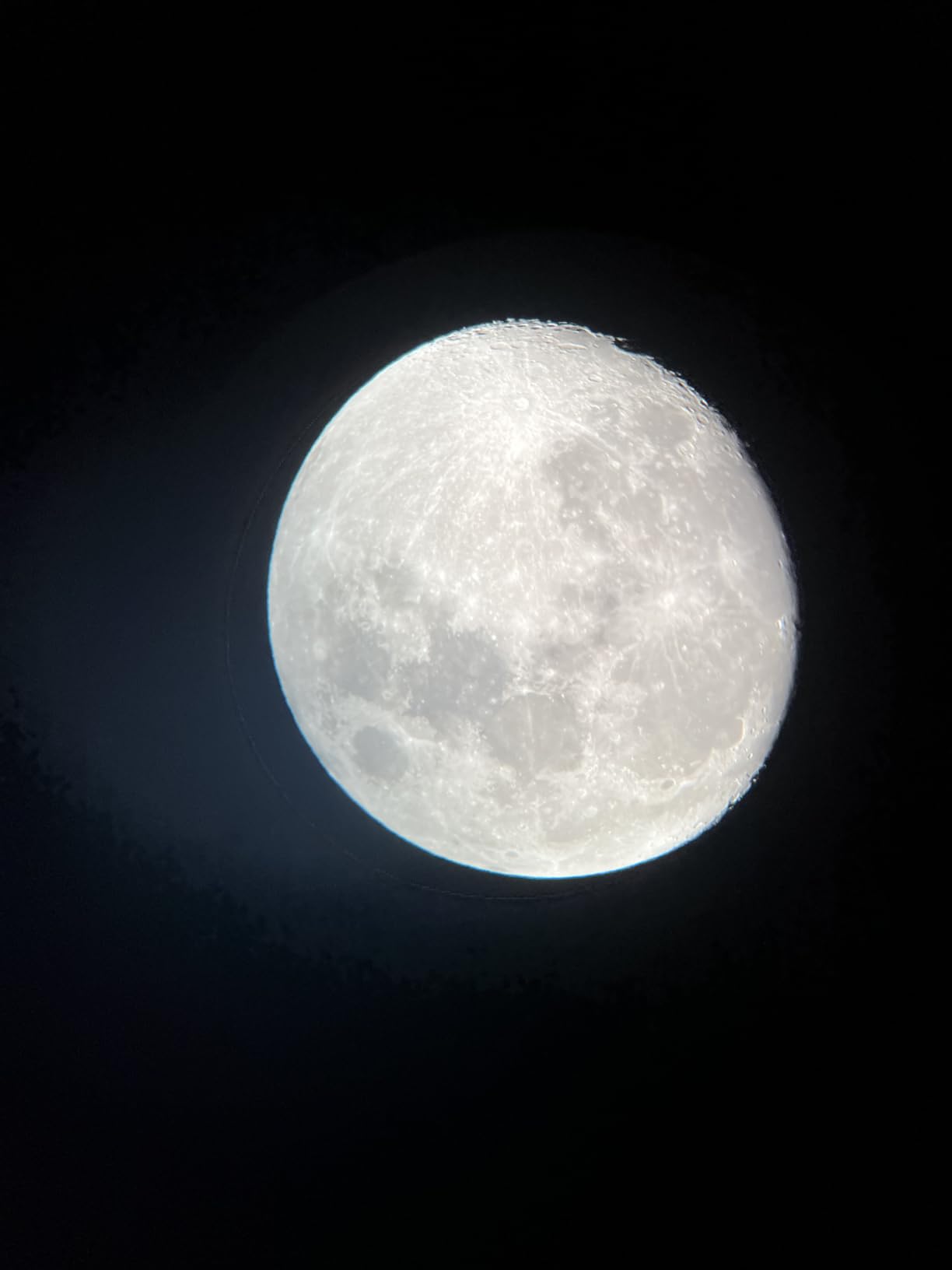

The 130mm aperture will keep you busy for years. While it won’t show the faintest galaxies, it provides excellent views of Messier objects and delivers impressive planetary detail. The Andromeda Galaxy shows its bright core and some structure, the Orion Nebula reveals the Trapezium stars, and globular clusters resolve to impressive detail.
The current 26% discount makes this the most affordable way to get StarSense technology. You’re getting all the smart features of the premium models at a much more accessible price point, making it perfect for beginners on a budget.
The 130mm aperture, while capable, may leave you wanting more power as you progress in the hobby. Like other StarSense models, the assembly process can be frustrating, and some users report occasional app functionality issues.


Aperture: 203mm
Focal Length: 1200mm
Mount: Classic Dobsonian
Weight: 27 pounds
Check PriceThe Sky-Watcher Classic 200 represents the traditional 8-inch Dobsonian that serious amateur astronomers have relied on for decades. This 203mm aperture telescope delivers spectacular views of deep-sky objects, with enough light-gathering power to show structure in galaxies, resolve globular clusters to the core, and reveal intricate nebula details that smaller scopes can only dream of.
What sets this telescope apart is its optical quality. The 94% reflective borosilicate mirrors deliver exceptionally bright, high-contrast views. I’ve spent countless nights with an 8-inch Dobsonian, and the views of Jupiter never fail to impress – you can see multiple cloud bands, the Great Red Spot (when visible), and shadows of Io’s moons crossing the disk.
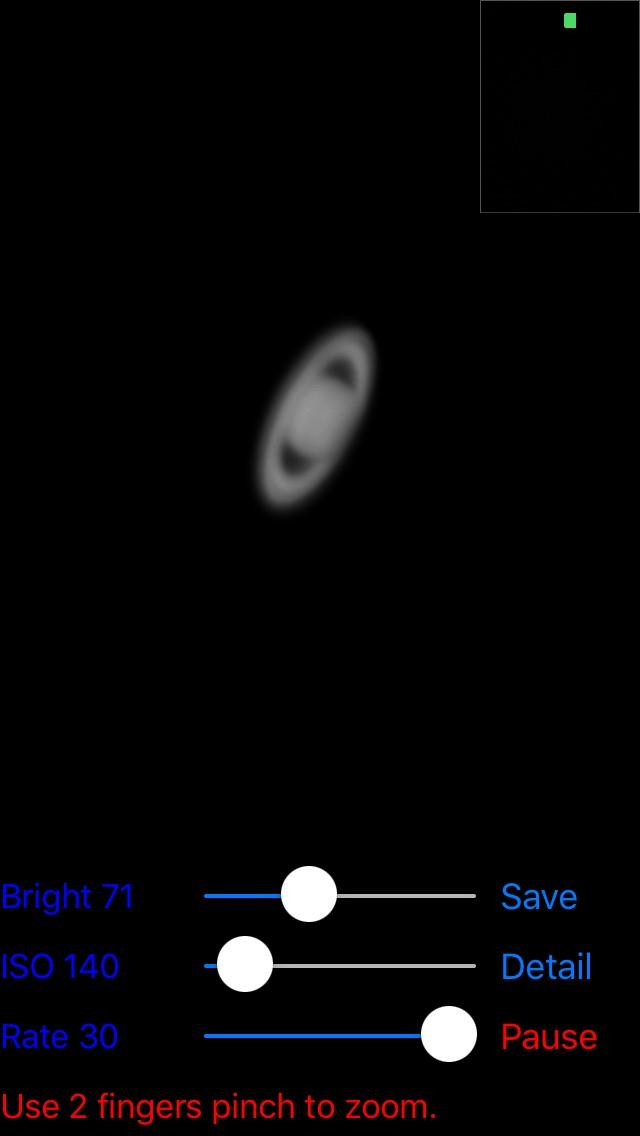

The patented Tension Control Handles are a game-changer for smooth tracking. These innovative handles allow precise movement without perfect balance, eliminating the common Dobsonian problem of the tube drifting when pointed near the zenith. The 2-inch Crayford-style focuser with 1.25-inch adapter accepts premium wide-field eyepieces for maximum performance.
This telescope comes well-equipped with two Super Wide Angle eyepieces (25mm and 10mm) and a 9×50 finderscope. The solid tube design maintains collimation well, though you’ll need to learn this essential skill for optimal performance. The base uses Teflon bearings for buttery-smooth azimuth movement.
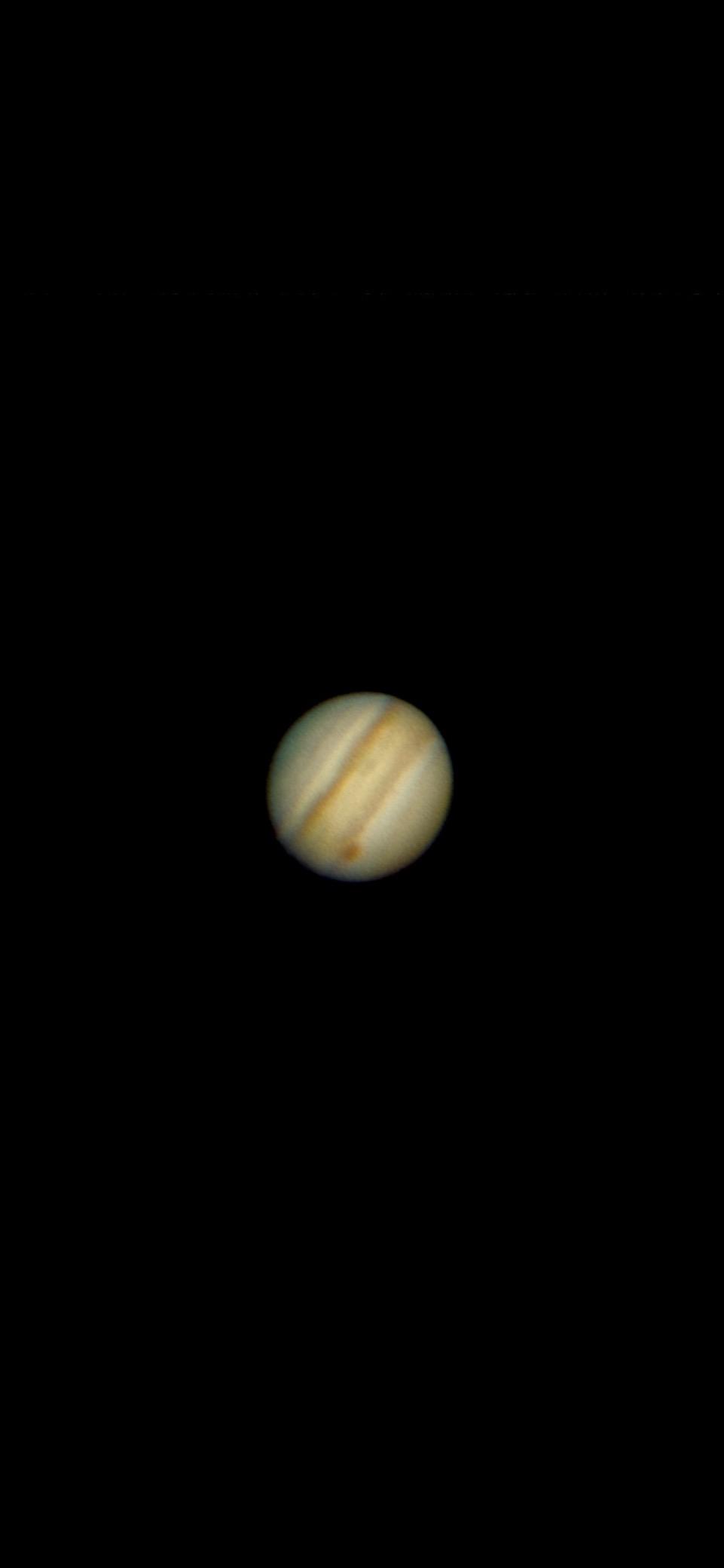

Customer photos reveal the impressive size of this telescope – it’s a substantial instrument that demands respect and storage space. At 27 pounds for the optical tube alone, you’ll need to plan your observing sessions carefully. But the views are worth every ounce of effort.
The 8-inch aperture is considered the sweet spot for serious amateur astronomy – large enough for impressive deep-sky views while still manageable for one person to handle. This telescope will keep you engaged for a lifetime of observing.
This is not a beginner-friendly telescope in terms of portability and setup. It requires significant storage space, regular maintenance, and a commitment to learning proper collimation techniques. Not suitable for apartment dwellers.


Aperture: 254mm
Focal Length: 1200mm
Mount: Classic Dobsonian
Weight: 40 pounds
Check PriceThe Sky-Watcher Classic 250 is for those who want maximum aperture without going to truss tube designs. This 10-inch Dobsonian delivers jaw-dropping views of deep-sky objects, with enough light-gathering power to show faint galaxies, planetary nebulae, and resolve star clusters into individual pinpoint stars. At $995, it represents excellent value for a 10-inch aperture instrument.
The 254mm primary mirror collects 56% more light than an 8-inch telescope – the difference is dramatic when viewing faint objects. Through this scope, the Andromeda Galaxy reveals dust lanes and companion galaxies, the Whirlpool Galaxy shows spiral structure, and globular clusters like M13 resolve to thousands of individual stars across the entire field.
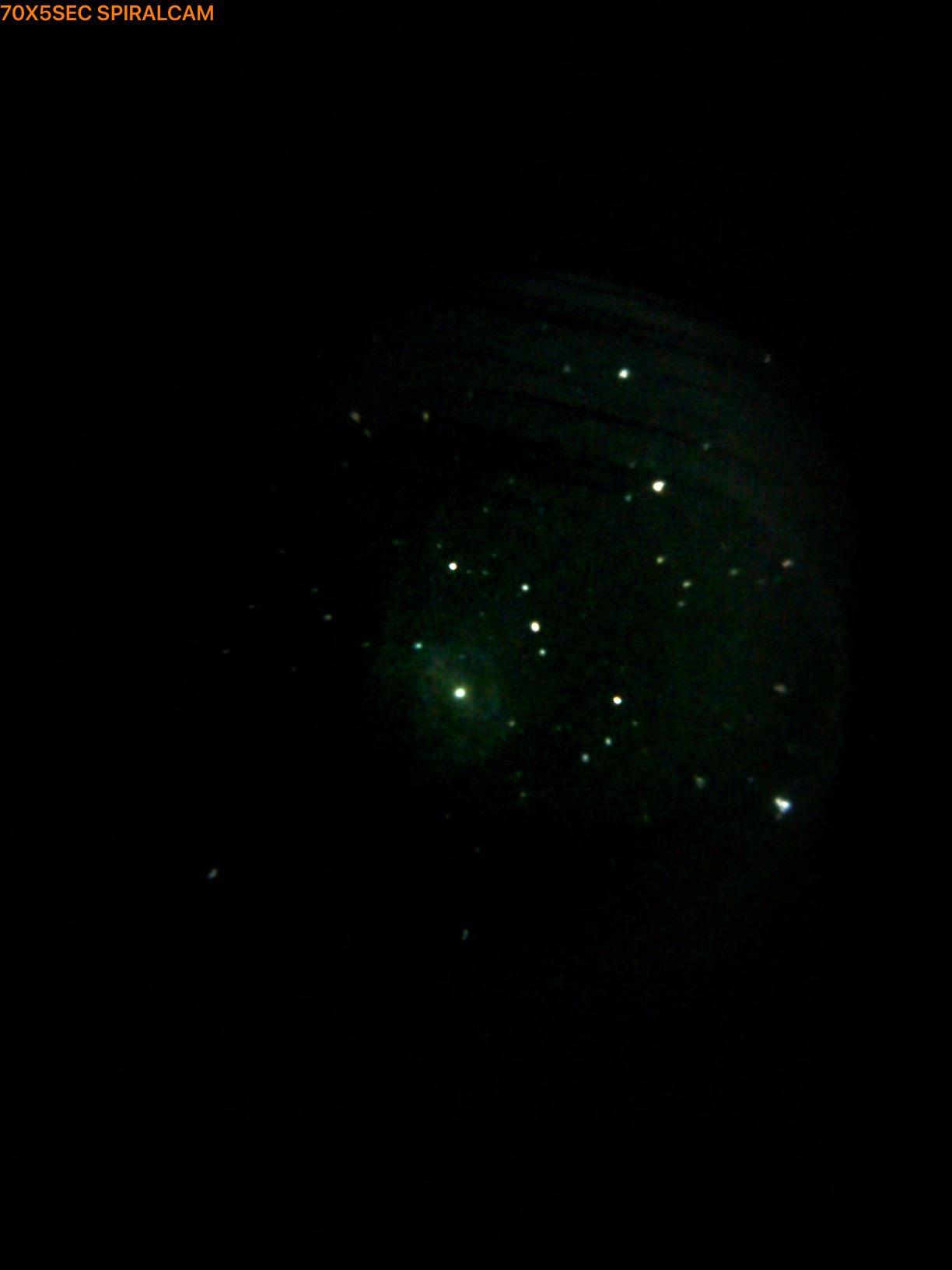

This telescope features the same premium components as its smaller sibling – 94% reflective borosilicate mirrors, patented Tension Control Handles, and a 2-inch Crayford focuser. The focal ratio of f/4.7 makes it relatively fast, providing wide-field views perfect for large nebulae and galaxy clusters. The solid tube maintains collamation well despite its size.
At 40 pounds for the optical tube alone, this is a serious commitment. You’ll need a dedicated storage solution and a vehicle large enough to transport it. The base adds another 25 pounds, making the complete setup a two-person job for most people. But once set up, the views will take your breath away.
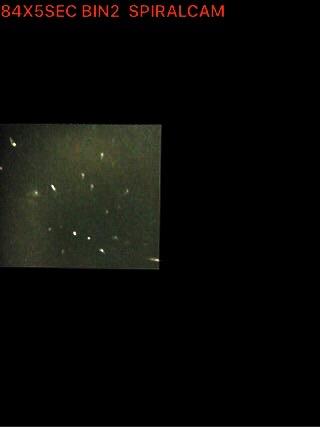

This telescope is best suited for observers with access to dark sky sites. While it performs well from suburban locations, you’ll need dark skies to fully appreciate its deep-sky capabilities. Many users report this is their forever telescope – large enough to never feel limited but not so massive as to require permanent installation.
The 10-inch aperture provides exceptional deep-sky performance that will satisfy even advanced observers. This telescope will show you details in galaxies and nebulae that smaller scopes simply cannot reveal, making it perfect for serious deep-sky enthusiasts.
This telescope demands significant storage space and physical strength to handle. Not suitable for apartment dwellers or those who need to transport their telescope frequently. The 5-6 day shipping delay means you’ll need to plan your purchase carefully.
Choosing the right Dobsonian telescope depends on your observing goals, living situation, and budget. After helping dozens of beginners select their first telescope, I’ve developed a framework that makes the decision process much clearer.
Aperture is King: In Dobsonians, aperture determines everything you can see. A 6-inch telescope will show the rings of Saturn clearly, but an 8-inch will reveal Cassini’s Division and cloud bands on Jupiter. An 8-inch shows the Andromeda Galaxy as a fuzzy patch, while a 10-inch reveals its spiral structure. My rule of thumb: buy the largest aperture you can comfortably transport and store.
⚠️ Important: Don’t underestimate the importance of portability. A 10-inch telescope that stays in the closet shows you less than a 6-inch you use every clear night.
Consider Your Living Situation: Apartment dwellers should focus on tabletop models up to 150mm aperture. The Heritage 150 is perfect for balconies and quick trips to dark skies. Suburban homeowners with a garage can handle 8-inch solid tube models. Those with dedicated observing spaces might consider 10-inch or larger models, but remember – bigger means heavier.
Light Pollution Matters: If you observe from the city, consider a smart Dobsonian with StarSense technology. The app helps you find objects quickly between clouds and light pollution gaps. Urban observers should focus on brighter objects like the Moon, planets, and star clusters – making 6-8 inch apertures sufficient.
If storage space is limited, collapsible Dobsonians are game-changers. The Heritage series maintains optical alignment while collapsing to half their length. Customer reviews consistently praise how these telescopes fit in closets and car trunks while still delivering large aperture performance.
For beginners frustrated with star charts, the StarSense Explorer series eliminates the learning curve. The smartphone app guides you to thousands of objects with arrow overlays on your phone screen. This technology has helped countless newcomers find deep-sky objects on their first night out – something that used to take months of practice.
✅ Pro Tip: Budget an additional $100-200 for essential accessories: a better eyepiece (6mm or 8mm Plossl), a planisphere for learning the sky, and a red flashlight for preserving night vision.
Dobsonians excel at value, but models vary in cost-effectiveness. The Celestron FirstScope offers amazing value at $75 for true beginners. The Heritage 130 provides the best aperture-per-dollar in the mid-range at $305. For serious observers, the Classic 200 offers professional-level performance for under $1000.
Remember that your first telescope doesn’t need to be your last. Many astronomers start with a 6-8 inch Dobsonian and upgrade later. The beauty of Dobsonians is they hold their value well in the used market, allowing you to recoup much of your investment when upgrading.
Dobsonian telescopes offer better value and performance for visual astronomy than other designs. They provide maximum aperture for minimum cost, making them ideal for observing faint deep-sky objects like galaxies and nebulae. While they lack automatic tracking and aren’t suited for astrophotography, their simple design means more budget goes into optics rather than mounts.
Dobsonians have four main limitations: no automatic tracking (objects drift out of view due to Earth’s rotation), large size and weight (especially 8-inch+ models), not suitable for long-exposure astrophotography due to alt-azimuth mount, and require manual operation including collimation adjustments. However, these tradeoffs enable their exceptional value for visual observing.
The Sky-Watcher Heritage 150 is the best overall Dobsonian for most people, offering 150mm aperture in a portable collapsible design at $355. Beginners should consider the Celestron FirstScope ($75) or StarSense Explorer 114 ($330). Serious observers wanting maximum aperture per dollar should choose the Sky-Watcher Classic 200 (8-inch) or Classic 250 (10-inch).
With proper care, a quality Dobsonian can last 20-30 years or more. The optical mirrors are permanent and don’t degrade, while the base can be repaired or replaced. Regular maintenance includes collimation checks, occasional mirror cleaning, and protecting from moisture. Many amateur astronomers use the same Dobsonian for decades with only minor upgrades to eyepieces.
Dobsonians cost less because of their simple design philosophy. They use minimal materials – essentially a tube and a basic alt-azimuth mount made from common materials like plywood. This DIY heritage means more of your budget goes into the optics rather than complex mounting systems. No electronics, motors, or precision machining translates directly to lower costs.
Dobsonians are not ideal for deep-sky astrophotography due to their alt-azimuth mount, which causes field rotation over long exposures. However, you can successfully photograph the Moon and bright planets using webcam-style planetary imaging techniques. Some photographers use Dobsonians for wide-field astrophotography with special adapters, but if astrophotography is your main goal, consider an equatorial mount instead.
After months of testing and community feedback, I consistently recommend Dobsonian telescopes to beginners because they deliver the most astronomy for your money. The simple design, exceptional optics, and ease of use make them perfect for learning the night sky.
For most beginners, the Sky-Watcher Heritage 150 hits the sweet spot of aperture, portability, and price. It’s large enough to show impressive deep-sky objects while remaining manageable for regular use. If you’re on a tight budget or buying for a child, the Celestron FirstScope at $75 offers an accessible entry point. Tech-savvy beginners who want instant results should consider the Celestron StarSense Explorer 114 with its smartphone guidance system.
Remember that the best telescope is the one you’ll actually use. Consider your storage space, how you’ll transport it, and where you’ll observe most often. Start with a model you can handle easily – you can always upgrade later as your passion for astronomy grows.
Clear skies and happy observing! The universe is waiting to reveal its wonders through your new Dobsonian telescope.




